Before we visited Egypt, our knowledge of the basic Arabic words was pretty limited. Like many travelers, we assumed that Arabic was the primary spoken language, but we had no idea just how different the dialects could be across the Arab world. Egyptian Arabic, often referred to as “Masri,” is widely understood across the Middle East due to the country’s influential media and cinema. However, for first-time visitors, navigating conversations or even basic interactions can feel intimidating.
But don’t worry, because learning just a few essential Arabic words can go a long way! Whether you’re wandering through the bustling souks of Cairo, visiting the majestic temples of Luxor, or relaxing on a Red Sea all-inclusive vacation, being able to speak a few phrases can greatly enrich your experience. Not only does it show respect for the local culture, but it also enhances your interactions with Egyptians, many of whom will appreciate your effort to speak their language—even if your pronunciation isn’t perfect.
Here’s a comprehensive guide to essential Arabic words and phrases that will help you get by during your next trip to Egypt:
Why Learn a Few Arabic Words?
One of the most rewarding aspects of travel is the opportunity to immerse yourself in a new culture. Learning a few words of the local language shows curiosity and respect. Egyptians, known for their hospitality, are often delighted when tourists attempt to speak Arabic, and this can lead to more authentic and meaningful interactions.
Knowing a few simple words also helps in practical situations—whether you’re haggling at the Khan el-Khalili bazaar, asking for directions, or just ordering a delicious plate of koshari from a street vendor. Plus, it’s a fun way to engage with the culture and enhance your travel experience.
Essential Arabic Words To Get By In Egypt
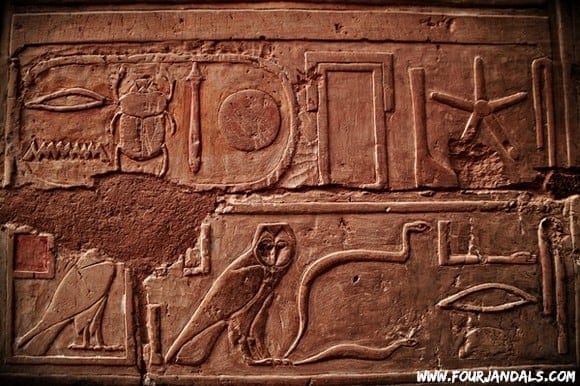
We always pride ourselves on learning a few essential words and phrases to help us communicate when traveling in foreign countries. The locals always seem to appreciate it, and it makes us feel as if we are immersing ourselves in the culture, which is why we love to travel.
So whether you are just visiting the numerous Red Sea all-inclusive vacations or the Great Pyramids of Giza, use our list of essential Arabic words and phrases below to help you out on your next travel adventure through Egypt and the Middle East.
Keep in mind that there are loads of different ways to greet someone or be polite, etc. But by using the essential Arabic words below daily when strolling through the markets or stopping to eat Egyptian street food.
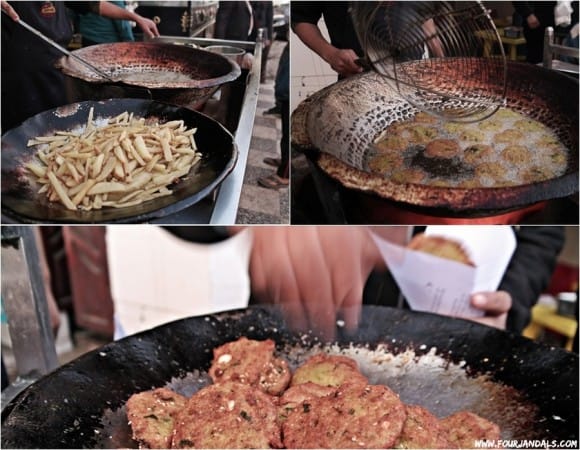
Key Arabic Phrases and Words to Know
While Egyptian Arabic may differ slightly from other dialects spoken in places like Morocco or Jordan, there are universal phrases that will be useful in most Arabic-speaking regions. Here’s a deeper dive into the Arabic words and phrases every traveler should know when visiting Egypt:
1. Marhaba (مرحبا) – Hello
This is the most common way to greet someone in Arabic. You can use it any time of day, and it’s a great conversation starter. Egyptians may also use “Salaam” (سلام) as a casual greeting, which literally means “peace.”
2. Shukran (شكراً) – Thank you
Gratitude goes a long way. You’ll find yourself using “Shukran” often, especially when thanking vendors, waiters, and locals for their assistance. Don’t forget to say “La Shukran” (no, thank you) when turning down offers politely, whether it’s for a tour, food, or merchandise.
3. Tatakallam ‘English? (هل تتكلم الإنجليزية؟) – Do you speak English?
Egypt is a popular tourist destination, and many Egyptians working in hospitality or tourist attractions speak English. This phrase can be useful when navigating areas where English might not be as commonly spoken.
4. Kam? (كم؟) – How much?
An absolute must in Egypt, especially if you’re planning on shopping in local markets or taking taxis. Haggling is common in Egypt, so knowing how to ask “How much?” is a basic yet crucial skill.
5. Naam (نعم) – Yes and La (لا) – No
Simple but vital! Whether you’re agreeing to a price, accepting an offer, or declining something politely, “Naam” (yes) and “La” (no) will be among the most frequently used words in your travel toolkit.
6. Min fadlik (من فضلك) – Please
Politeness is appreciated everywhere, and using “Min fadlik” when asking for something adds a respectful tone to your request. If you’re addressing a man, say “Min fadlak,” but when speaking to a woman, it’s “Min fadlik.”
7. Ya-Allah (يا الله) – Let’s go
You’ll hear this phrase often, especially from taxi drivers or tour guides. It’s a casual way of saying “Let’s get going.”
8. ‘Ayna… (أين…؟) – Where is…?
This phrase comes in handy when you’re lost or looking for something. For example, if you need to ask, “Where is the restroom?” simply say ‘Ayna al-Hammaam? (أين الحمام؟)
Numbers: Always Helpful for Bargaining
Whether you’re negotiating in a marketplace or figuring out prices, knowing a few numbers in Arabic can be extremely useful. Here are the first five numbers you should memorize:
- WaaHid (واحد) – One
- Ithnayn (إثنان) – Two
- Thalaatha (ثلاثة) – Three
- Arba’a (أربعة) – Four
- Khamsa (خمسة) – Five
Knowing these basic numbers will make transactions smoother and can also help you avoid any misunderstandings.
More Useful Phrases
Here are a few more words and phrases to keep in your back pocket as you explore Egypt:
- Afwan (عفواً) – Excuse me or you’re welcome
- Ilal-liqa (إلى اللقاء) – See you later
- Hammam (حمام) – Bathroom/restroom
- Mafi Mushkila (ما في مشكلة) – No problem
Tips for Using Arabic in Egypt
While many Egyptians, especially in tourist areas, speak some level of English, your efforts to use Arabic—even if it’s just a few words—will be warmly received. Here are a few tips for using Arabic effectively while in Egypt:
- Be Confident: Even if you’re unsure about pronunciation, Egyptians will appreciate your effort. They may even help correct you, which is an excellent way to learn.
- Use Non-Verbal Cues: A smile or nod can go a long way in communicating, especially when language barriers arise.
- Haggle with Respect: Bargaining is part of Egyptian culture, especially in markets. Using polite Arabic phrases can make the negotiation process smoother and more enjoyable.
Final Thoughts
Immersing yourself in the language of a country can dramatically enhance your travel experience. In Egypt, a few simple Arabic phrases can open doors to more meaningful interactions and provide a deeper understanding of the culture. Whether you’re exploring the ancient wonders of the world or lounging on the shores of the Red Sea, don’t be afraid to give your Arabic a try.
Question for Readers: Have you traveled to Egypt before? If so, which Arabic words or phrases did you find the most useful during your trip?

 Africa22 hours ago
Africa22 hours ago
 Adventure Travel2 months ago
Adventure Travel2 months ago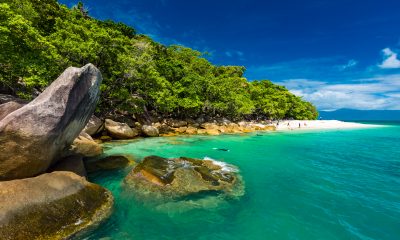
 Travel Tips2 weeks ago
Travel Tips2 weeks ago
 Travel Tips1 week ago
Travel Tips1 week ago
 Europe4 days ago
Europe4 days ago
 Adventure Travel1 week ago
Adventure Travel1 week ago
 Travel Tips1 month ago
Travel Tips1 month ago
 Travel Tips2 months ago
Travel Tips2 months ago
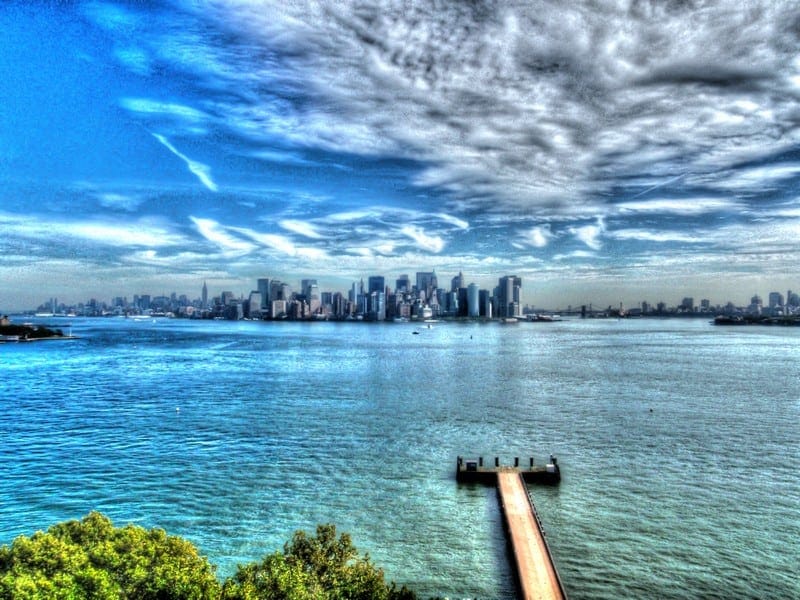




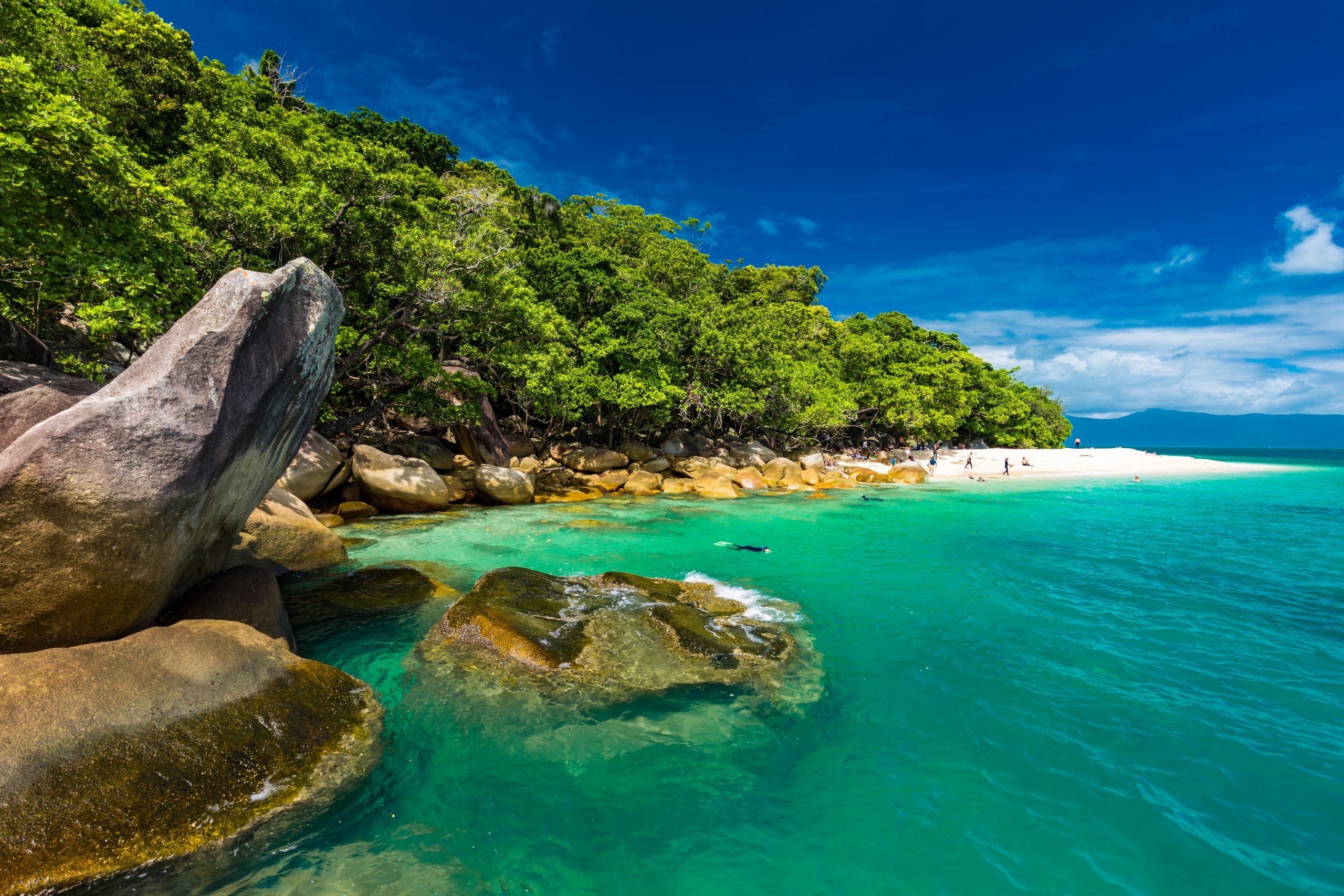
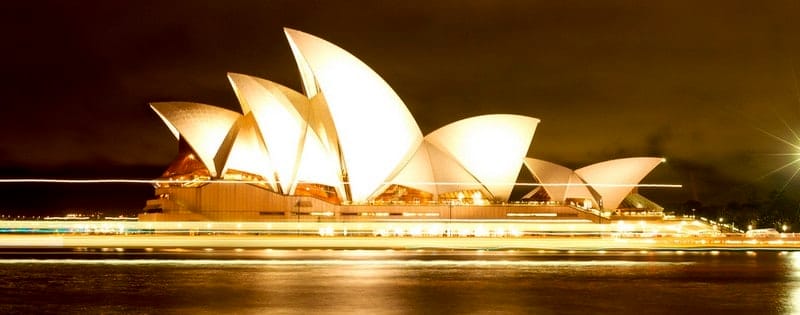
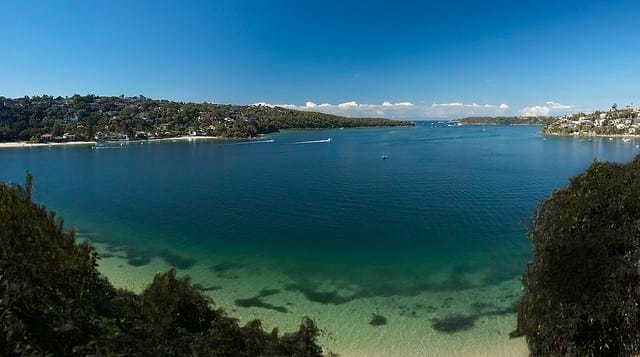
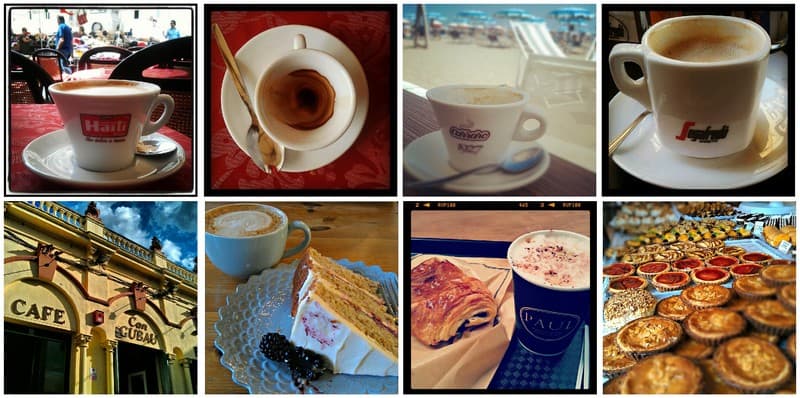
 We have been wearing out our jandals (Kiwi for flip-flops) on our travel adventures around the world since 2009. We think our blog is thought provoking and a little witty. But we have been proven wrong before. Find out more
We have been wearing out our jandals (Kiwi for flip-flops) on our travel adventures around the world since 2009. We think our blog is thought provoking and a little witty. But we have been proven wrong before. Find out more